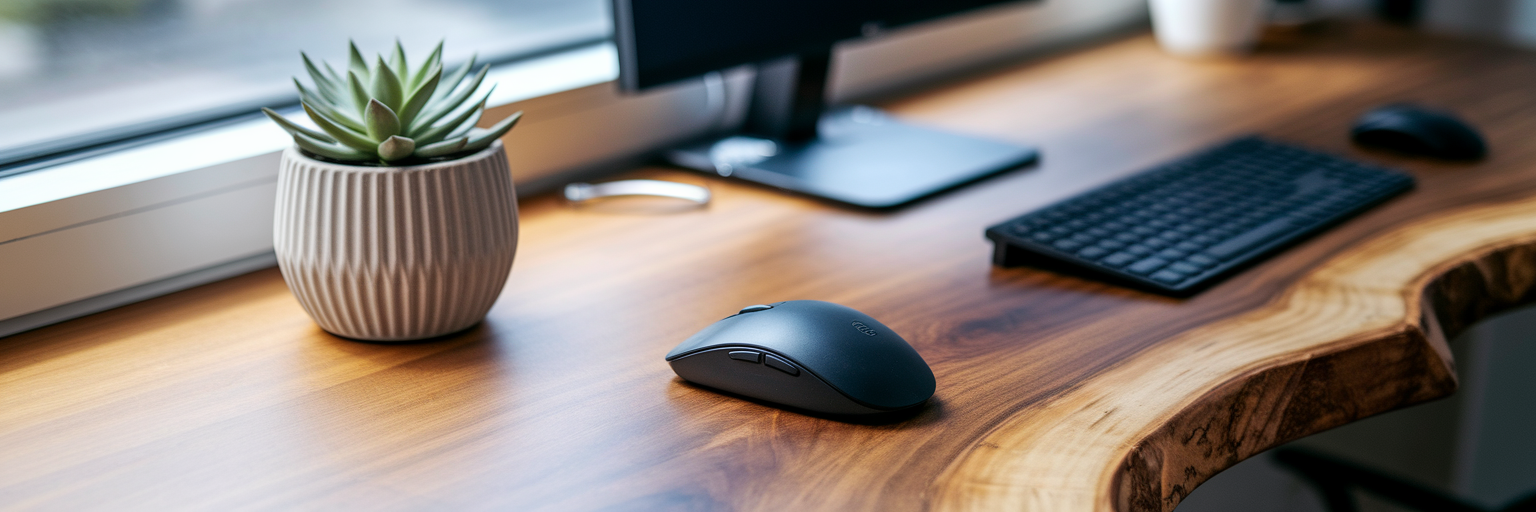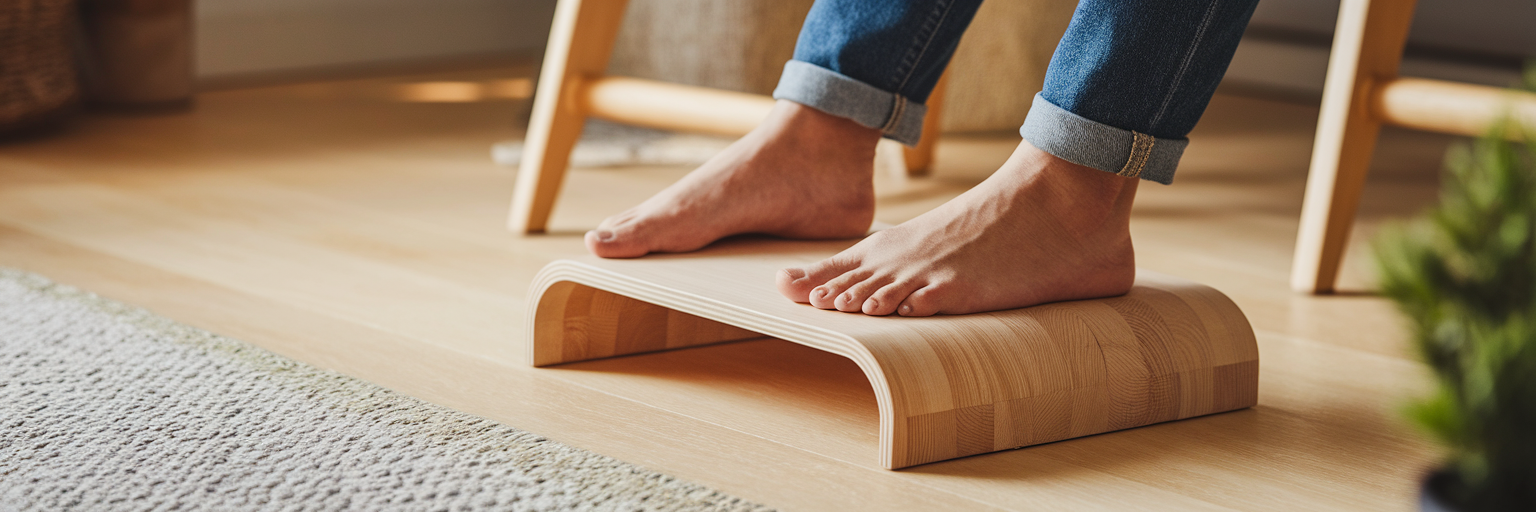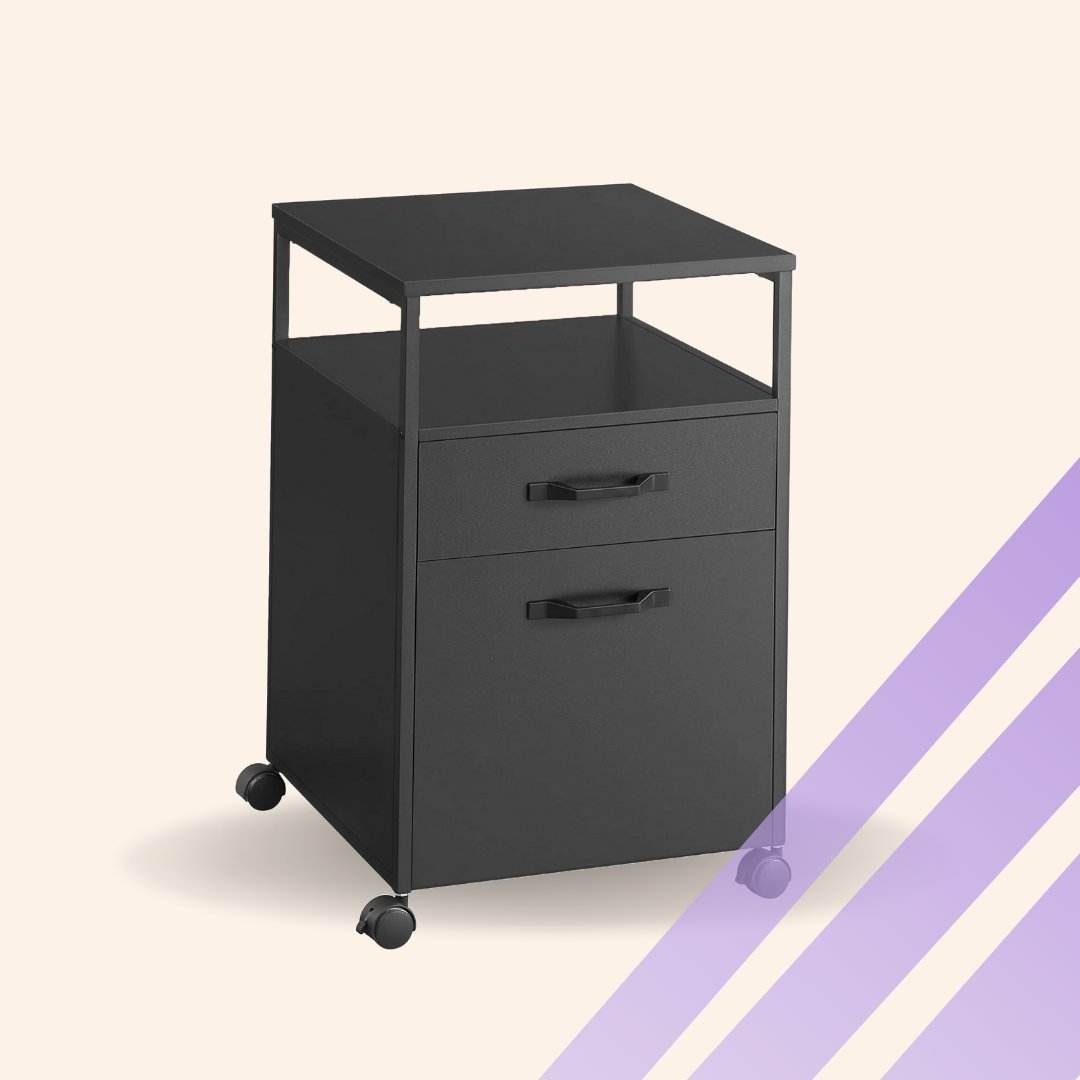Discover practical tips for setting up an ergonomic desk to reduce strain and improve posture. Create a healthier, more comfortable workspace for long hours.

The shift to remote work brought undeniable flexibility. Yet, for many, the convenience of working from a kitchen counter or sofa has slowly been replaced by a persistent, nagging discomfort. That dull ache in your lower back or the stiffness in your neck after a long day is a common story. It stems from a fundamental mismatch between our bodies and our workspaces. The core principle of ergonomics is simple but powerful: your workspace should adapt to you, not the other way around. Forcing your body to conform to a poorly designed setup is a direct path to strain and reduced productivity. To truly thrive in a home office, we must build a foundation of support. This involves looking closely at your desk setup, your chair, your accessories, and your daily habits. Addressing these elements is the most effective way to prevent back pain and create an environment where you can do your best work, comfortably.
The Foundation of a Pain-Free Workday
The convenience of remote work often means our home offices are assembled from whatever is available, leading to gradual physical strain. We can all picture that moment when we realize our neck is stiff or our lower back aches after hours of focus. This discomfort is a clear signal that our workspace is working against us. The central idea of ergonomics is to reverse this dynamic by designing a space that supports the body’s natural posture. Instead of you hunching over a low laptop, your setup should bring the screen to you. This philosophy is the key to not just comfort, but sustained productivity and long-term health. A truly ergonomic environment is built on several pillars: a correctly arranged desk, a supportive chair, the right accessories, and consistent movement. Each component plays a distinct role in a system designed to prevent back pain and other musculoskeletal issues. By addressing these elements, you are not just making small adjustments; you are investing in your daily well-being.
Arranging Your Desk for Optimal Posture

With the importance of an ergonomic foundation established, the next step is to implement a proper ergonomic desk setup. This is where small, precise adjustments create a significant impact on your daily comfort. It’s less about buying all new equipment and more about arranging what you already have to support your body correctly. Think of your desk as the command centre for your posture. Every element, from your monitor to your mouse, influences how you sit for hours at a time.
Monitor Placement for a Neutral Neck
Your screen position dictates your head and neck posture. To avoid leaning forward or tilting your head, place your monitor directly in front of you, about an arm's length away. The most critical rule is to adjust the height so the top of the screen is at or just below your eye level. If you use a laptop, a separate stand is essential to achieve this height, preventing the common "tech neck" slump.
Keyboard and Mouse Positioning
Your arms and wrists are next. Position your keyboard and mouse close to your body and at a height that allows your elbows to be bent at a comfortable 90-degree angle. Your wrists should remain straight, or neutral, not bent up or down. This alignment minimizes strain on your shoulders, elbows, and the delicate nerves in your wrists. For those looking to upgrade their setup, exploring a range of ergonomic office tech can provide solutions designed for neutral wrist and hand posture.
Correct Seated Posture
Finally, your posture in the chair ties everything together. Your feet should rest flat on the floor or on a footrest, with your knees positioned at or slightly below your hips. This stabilizes your pelvis and provides a solid base for your spine. Avoid crossing your legs, as this can cause misalignment and pressure on your lower back. Maintaining this posture ensures your body is supported from the ground up.
The Central Role of an Adjustable Chair
While your desk arrangement sets the stage, your chair is the main character in your ergonomic story. No amount of careful monitor placement can compensate for a chair that fails to support you. It is the single most critical investment for healthy workstations. Unlike a standard dining chair, an adjustable ergonomic chair is a dynamic tool designed to fit your unique body shape and support you through long hours of seated work. Its value lies in its customizability, allowing you to fine-tune your posture with precision. The importance of a chair that fits the individual is underscored by guidance from bodies like the Occupational Safety and Health Administration (OSHA), which outlines how proper seating can prevent work-related injuries. When selecting a chair, focus on these key adjustable features:
- Seat Height: This is the first and most fundamental adjustment. The ability to raise or lower your seat ensures your feet can rest flat on the floor, as mentioned in the previous section. This simple alignment is crucial for stabilizing your entire body.
- Lumbar Support: A quality chair will have adjustable lumbar support that fits into the natural curve of your lower back. This feature prevents you from slouching and maintains the S-shape of your spine, which is essential for distributing weight evenly and reducing pressure on your spinal discs.
- Armrests: Properly adjusted armrests support your forearms and take the weight off your shoulders and neck. They should be set at a height that allows your shoulders to remain relaxed, preventing the tension that often builds up during the day.
Each of these features works together to create a supportive seating experience that actively works to protect your body from strain, rather than contributing to it.
Essential Accessories for Enhanced Support

Once your desk and chair are correctly configured, you can refine your setup with tools designed to solve specific ergonomic challenges. Think of these as the finishing touches that complete your workspace. These ergonomic office accessories bridge the final gaps between your body and your equipment, ensuring every point of contact is supportive. Investing in a few well-chosen items can make a noticeable difference in your daily comfort and long-term health. Furthermore, choosing accessories made from sustainable materials contributes to a healthier workspace in a broader sense, aligning your physical well-being with environmental consciousness.
- Monitor and Laptop Stands: If your monitor isn't height-adjustable, a stand is a non-negotiable accessory. For laptop users, a stand is even more critical to separate the screen from the keyboard, allowing you to raise the screen to eye level while keeping the keyboard at elbow height.
- Footrests: If your feet don't comfortably rest flat on the floor when your knees are at the correct height, a footrest is the solution. It provides a stable surface that improves circulation and reduces pressure on the lower back, making it particularly useful for shorter individuals.
- Ergonomic Keyboards and Mice: For those who spend the majority of their day typing, a specialized keyboard or mouse can be transformative. Ergonomic keyboards often have a split or curved design to keep wrists at a more natural angle, while vertical mice prevent the forearm twisting that can lead to repetitive strain injuries.
Building a supportive workspace is about finding the right combination of tools that fit your needs. Investing in a few key essentials can make a significant difference in your daily comfort.
Beyond the Desk: Integrating Movement into Your Routine
Creating the perfect ergonomic setup is a huge step forward, but it's only half the equation. The human body was not designed to remain static for eight hours a day, no matter how supportive the chair. A truly healthy workspace is a dynamic one. The final layer of ergonomic workspace tips focuses on habits, not hardware. Integrating regular movement into your workday is just as important as your equipment, as it counteracts the negative effects of prolonged sitting.
Here are a few simple practices to incorporate into your daily routine:
- Take Micro-Breaks: The easiest way to start is with the 20-20-20 rule. Every 20 minutes, look at something 20 feet away for 20 seconds to reduce eye strain. Better yet, stand up and walk around for a minute or two every hour. These small breaks reset your posture and boost circulation.
- Perform Simple Stretches: You don't need a full yoga session to feel the benefits of stretching. Simple neck rolls, shoulder shrugs, and spinal twists can be done right at your desk. These movements release tension in key muscle groups before it builds into significant pain.
- Vary Your Posture: If possible, alternate between sitting and standing. A sit-stand desk allows you to change your position throughout the day, which engages different muscles and prevents the fatigue that comes from holding one posture for too long.
Ultimately, a pain-free workday is the result of combining the right tools with the right routines. It’s a holistic approach that respects your body’s need for both support and movement. A commitment to a healthier work routine often goes hand-in-hand with creating a more sustainable and mindful environment in all aspects of life.





